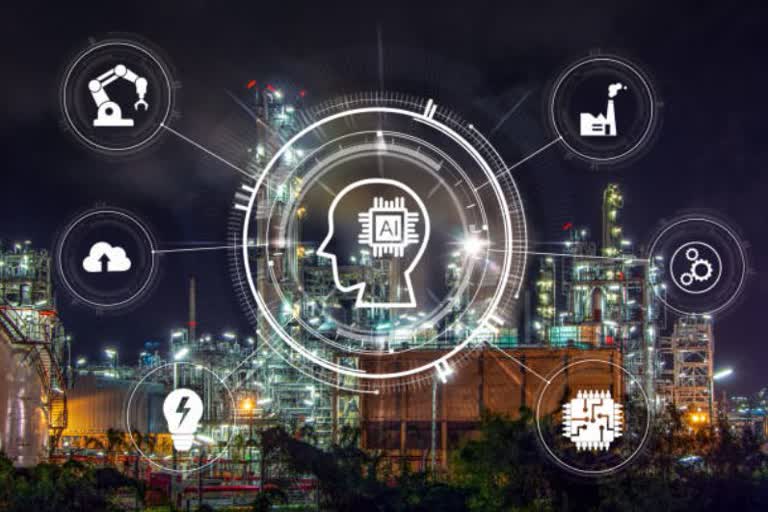New Delhi: Use of artificial intelligence and machine learning can transform credit delivery to India’s vast majority of poor and strengthen financial inclusion by providing credit services to over 41 crore Jan Dhan account holders in addition to basic saving facilities, says a former official of the Reserve Bank of India.
S Ganesh Kumar, former executive director in the department of payment and settlement systems (DPSS) of the Reserve Bank of India, says banks have not been using artificial intelligence and machine learning in credit delivery as use of AI is still in its early days.
Kumar says banks and their banking correspondents (BCs) know that a Jan Dhan account has been opened for a customer and only financial transactions and delivery of subsidies through direct benefit transfer (DBT) are taking place but no credit or no loan is being given to these customers.
“The bank system can have the list of people who have basic savings accounts but do not have credit facilities. It can be matched with Aadhaar and can be traced about the usage of money that is coming,” Kumar told the audience in the Business and Banking dialogue organised by Mumbai based fintech firm EPS India.
Over 41 crore Jan-Dhan accounts
According to the latest official data, there are over 41.31 crore Jan Dhan (basic banking services) accounts in the country which also have a deposit of over Rs 1.31 lakh crores. The Union government uses these Aadhaar linked bank accounts for direct transfer of cash subsidy to farmers, students, senior citizens, widows, poor and disabled persons among others.
The Centre also uses these Aadhaar linked bank accounts for transfer of Prime Minister Kisan Samman Nidhi to a vast majority of the country’s over 12.5 crore small and marginal farmers.
Under the PM Kisan Samman Nidhi, the Centre transfers Rs 6,000 per year to eligible farmers in three installments of Rs 2,000 each for buying input materials for agriculture such as seeds and fertilisers among other things.
